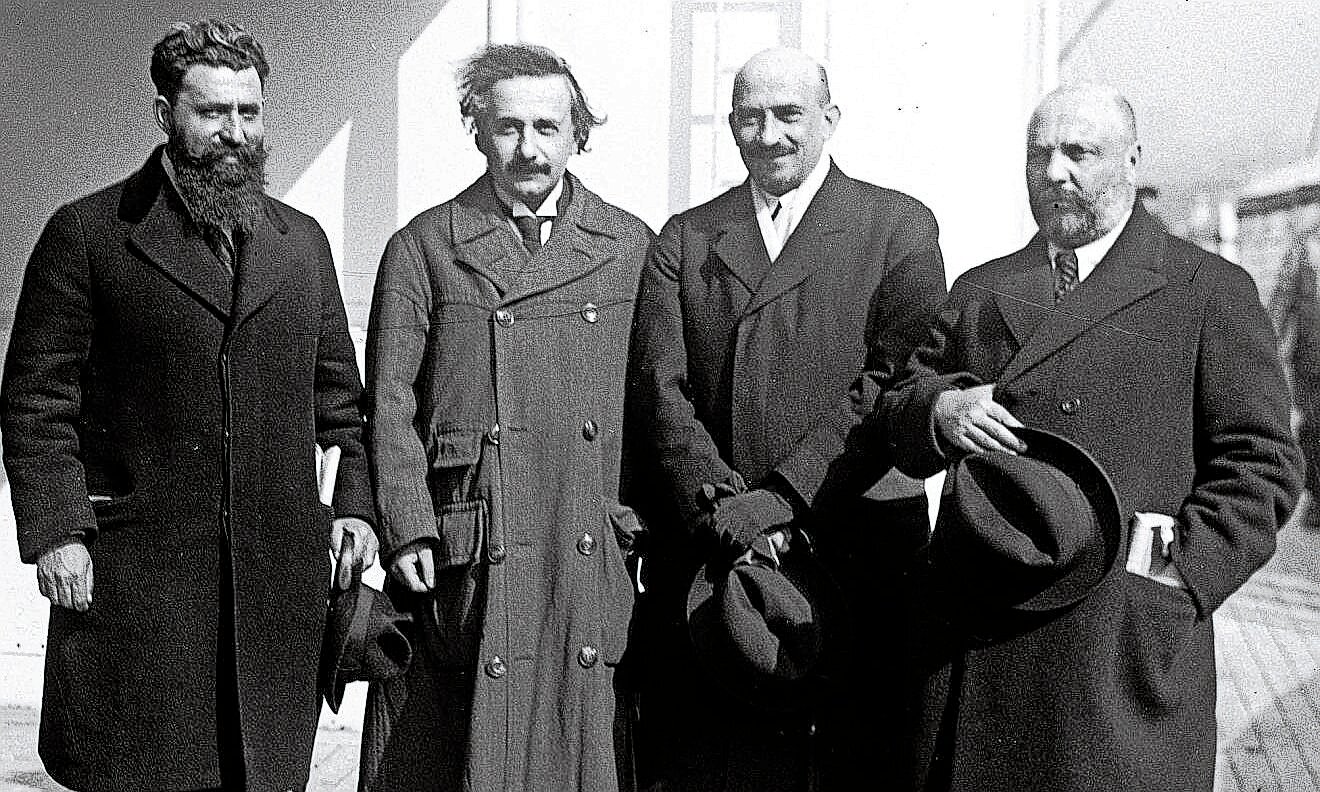We’ve always had different Zionist experiences
Zionism has never been experienced the same way by different Zionists. Two early Zionist experiences highlight these differences.
Before the founding of the State of Israel, two simultaneous Zionist movements were underway. First, there were the pioneers of practical Zionism who moved in the tens of thousands to the Land of Israel. These halutzim broke their backs and risked their lives in the face of Arab attacks and disease to settle the land. The other Zionist movement took place in Europe, where political Zionists were planning the new state, lobbying for international support and raising much-needed funds.
The year 1929 saw devastating Arab attacks that set the Jewish community in the Land of Israel back decades. At the same time, towards the end of the year, the American stock market crash and ensuing worldwide depression harmed the European Zionists’ fundraising abilities, putting the Zionist movement in a precarious position.
In August 1929, Zionist leader Chaim Weizmann, later Israel’s first president, gathered world Jewry’s most impressive personalities in Zurich for the 16th Zionist Congress. Attendees included Albert Einstein, Leon Blum, Sholem Asch, Herbert Samuel, Louis Marshall, Felix Warburg, Lord Melchett and Sir Osmond d’Avigdor-Goldsmid. To thunderous applause, Weizmann stated, “We never wanted Palestine for the Zionists; we wanted it for the Jews. The living, evolving Judaism of Palestine is no party matter. The Balfour Declaration is addressed to the whole of Jewry.”
But to harness world Jewry was no easy task. Much of assimilated European and American Jewry rejected the idea that the Jews were a single united people. Yet Weizmann’s effort was a tremendous success and Zionism took a turn for the better.
• • •
In particular, the 16th Zionist Congress created the Jewish Agency for Israel, which Weizmann had advocated for decades. The Jewish Agency’s mission was to assist world Jewry in the development of the Land of Israel and the upbuilding of a proto-Jewish state. Weizmann was elected the Agency’s first president and its creation was perhaps his greatest achievement.
Yet the same month, Zionists in the Land of Israel were experiencing a nightmare. On the morning of Aug. 25, 1929, a telegram interrupted Weizmann’s post-conference vacation. It informed him of the mob violence that had erupted in the Old City of Jerusalem two days earlier and that in the coming days would sweep the Land of Israel. The ancient Jewish communities of Hebron and Safed were savagely attacked by Arab terrorists. Some 472 Jews in total were killed or wounded.
The Jewish community in the Land of Israel was severely damaged. The Jewish Telegraphic Agency reported on Oct. 9, 1929 that “it could not help hearing reports of the mob’s demand that Eliezer Dan Slonim, a Hebron council member should surrender the ‘foreigners,’ meaning the yeshiva students sheltered in his house, if his and his family’s lives were to be spared, and the martyr’s historic answer, ‘We Jews are one’.”
Slonim and his family, including his wife and young children, were killed. One child, one-year-old Shlomo Slonim, survived. He was found with a knife wound in his forehead in his dead mother’s arms.” In 1929, the Zionist experience in Europe was very different from the Zionist experience in the Land of Israel.
These different Zionist experiences continue today. Israeli Zionist experiences are different from those of Diaspora Zionists. The experiences of Zionists in northern and southern Israel are different from those of Zionists in central Israel. Zionists serving in the IDF have different experiences than those at home.
Nonetheless, every Zionist community has been living a kind of hell since Oct. 7. All Zionists share the experiences of checking the news every few minutes, worrying about family members, having trouble sleeping and more.
Yet those hells are different for different Zionists. As they connect and communicate with each other, it’s important for Zionists to take their different experiences into consideration and be sensitive to their uniqueness.

 53.0°,
Mostly Cloudy
53.0°,
Mostly Cloudy 





